(*pun intended) The failure of natural rock slopes, or engineered bedrock structures (e.g. tunnels, caverns, mines, and excavations) is closely tied to the progressive fracturing of intact rock. The physics of this process is, however, complicated – and even in engineered materials such as glass and steel, the interaction of conditions driving the propagation of cracks is […]
Read More...stress-driven
Geohazard information for the masses
Category: Blog posts (page 1 of 3)
The Engineering Geology Group at ETH Zurich wishes you all ‘einen guten Rutsch’ (a good slide) into the New Year
Candidate: Open Supervisors: Kerry Leith Institution: ETH Zurich Activity: Beginning Fall 2018 In late August 2017 moderately-sized rockfall occurred on a south-facing rock wall above the popular Gelmersee hiking trail (immediately north of Grimsel Pass), leaving six people injured. Although the occurrence of such rockfalls in alpine regions is unsurprising, the location, geological setting, and timing of this […]
Read More...Recently, my co-authors and I published a rather controversial article entitled ‘Signatures of Late Pleistocene fluvial incision in an Alpine landscape‘ in Earth and Planetary Science Letters (Volume 483, Leith et al., 2018). In this post we summarise the main outcomes, and look into a part of the backstory that never made it to print. […]
Read More...Do glaciers really do all the work? Opinions are divided, but here’s a chance to make up your own mind! Our new paper with @apatite4life and @UtahGeohaz is finally out in EPSL https://www.sciencedirect.com/science/article/pii/S0012821X17306945
Frost wedging describes the process by which pressure from the expansion of freezing water in pre-exising fractures generates sufficient tensile stress to propagate the crack further into intact rock. Although this seems like a reasonably common sense interpretation (given the transition from water to ice involves a 9% expansion that’s often associated with the bursting […]
Read More...Before the winter set in and a long twilight fell on the Finnish archipelago a group of us from ETH Zurich and Aalto University ventured out to Langören island to winterize the measuring equipment and gather data for numerical and structural analyses of the fracturing events. Following from a recent paper from Gonçalves et al. […]
Read More...The answer is very, and it’s all down to climate, vegetation, and tectonics. Early winter in the central Swiss Alps (Saas Fee, Switzerland) Below are equally scaled Google Earth images of the Arolla Valley in the central Swiss Alps (left), and the Callery Valley on the western side of the New Zealand Alps (right). Of […]
Read More...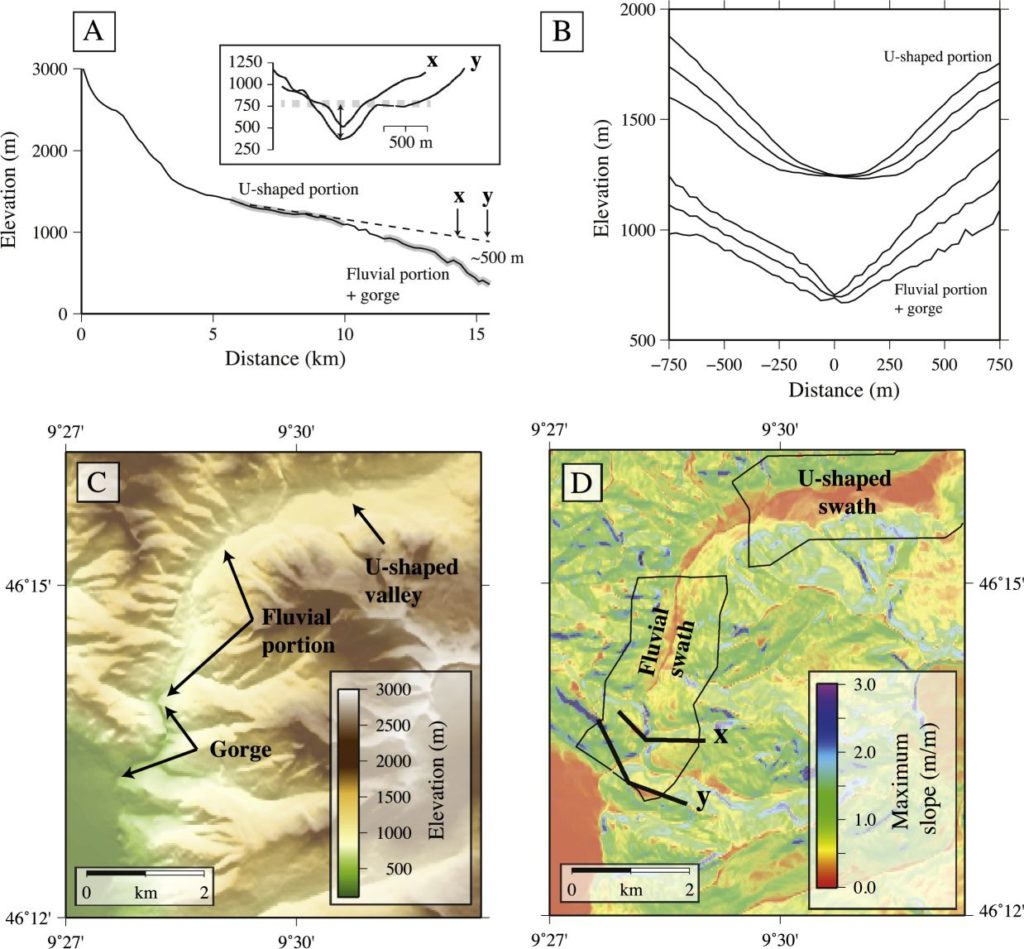
Erosion rate estimates indicate fluvial gorge formation in a catchment on the southern side of the Alps outpaced glacial erosion at the same location for the last ~400 kyr.
Fox, M., Leith, K., Bodin, T., Balco, G., Shuster, D.L., 2015. Rate of fluvial incision in the Central Alps constrained through joint inversion of detrital 10Be and thermochronometric data. Earth and Planetary Science Letters 411, 27-36.
Monsoon rains triggered a large earth flow near the town of Koslanda yesterday. The landslide struck early in the morning, and according to the Disaster Management Center destroyed more than 120 homes, with current estimates suggesting there could be more than 100 casualties. New video from the site gives the first really good impression of the […]
Read More...© 2024 stress-driven
Theme by Anders Noren — Up ↑

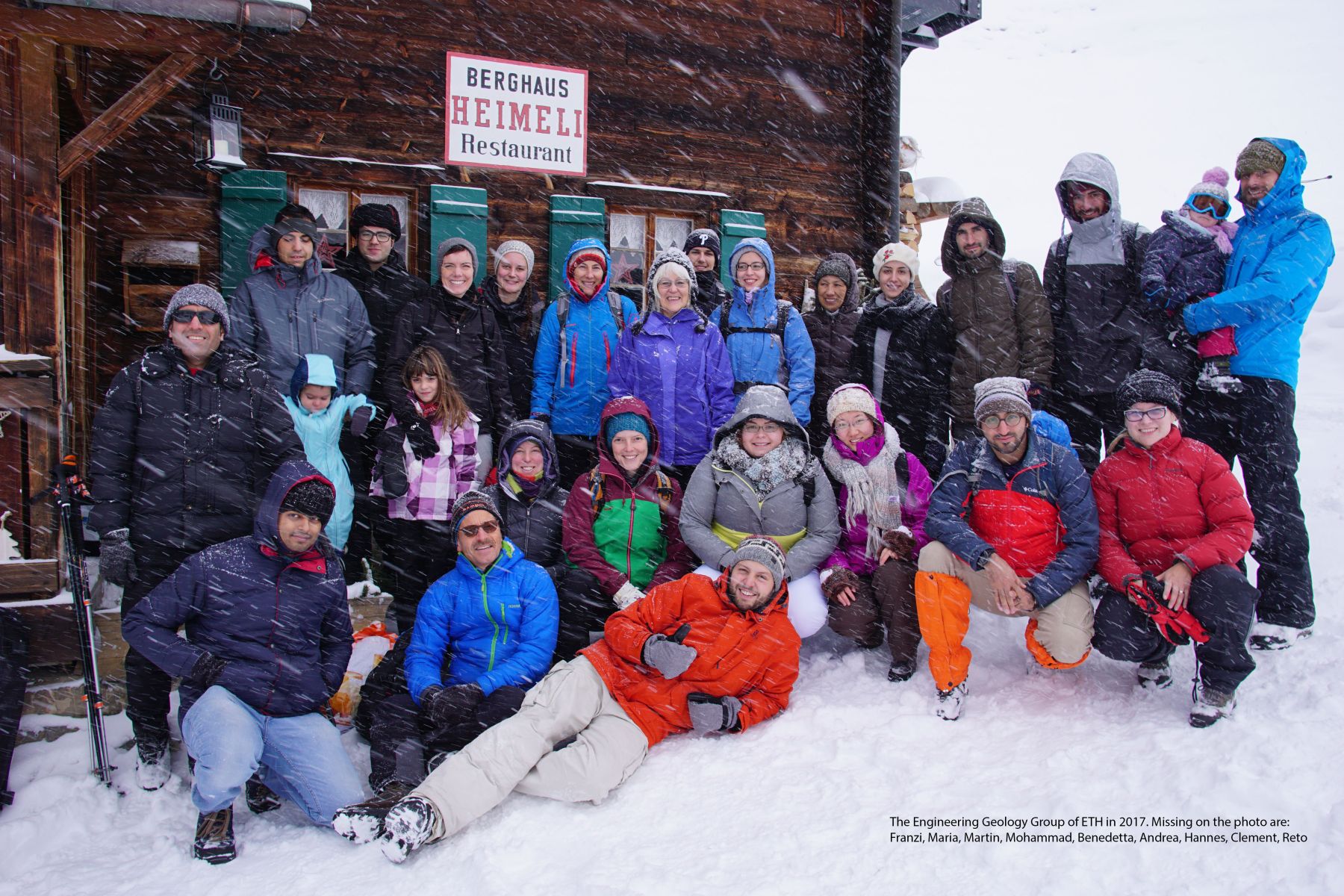

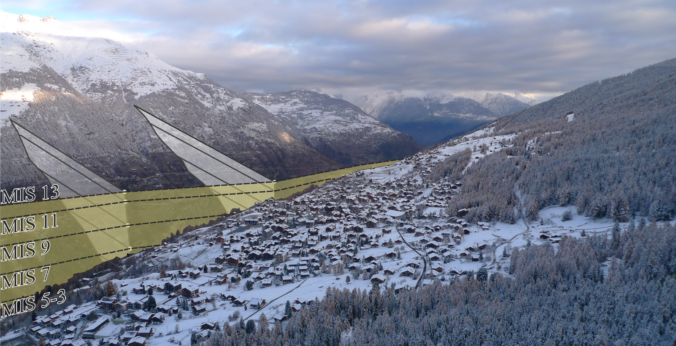

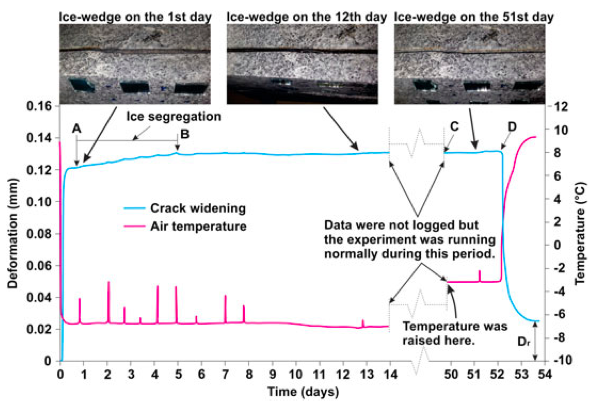

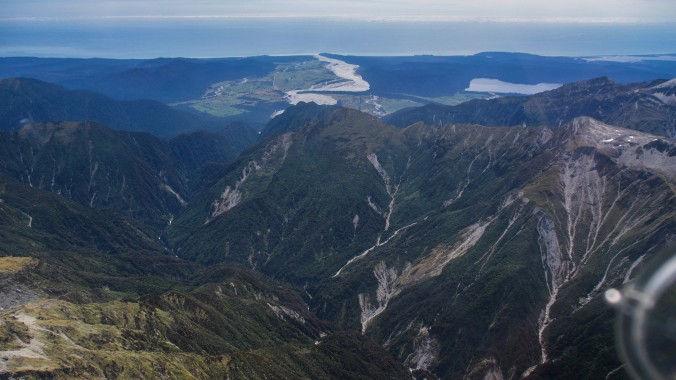


Recent Comments